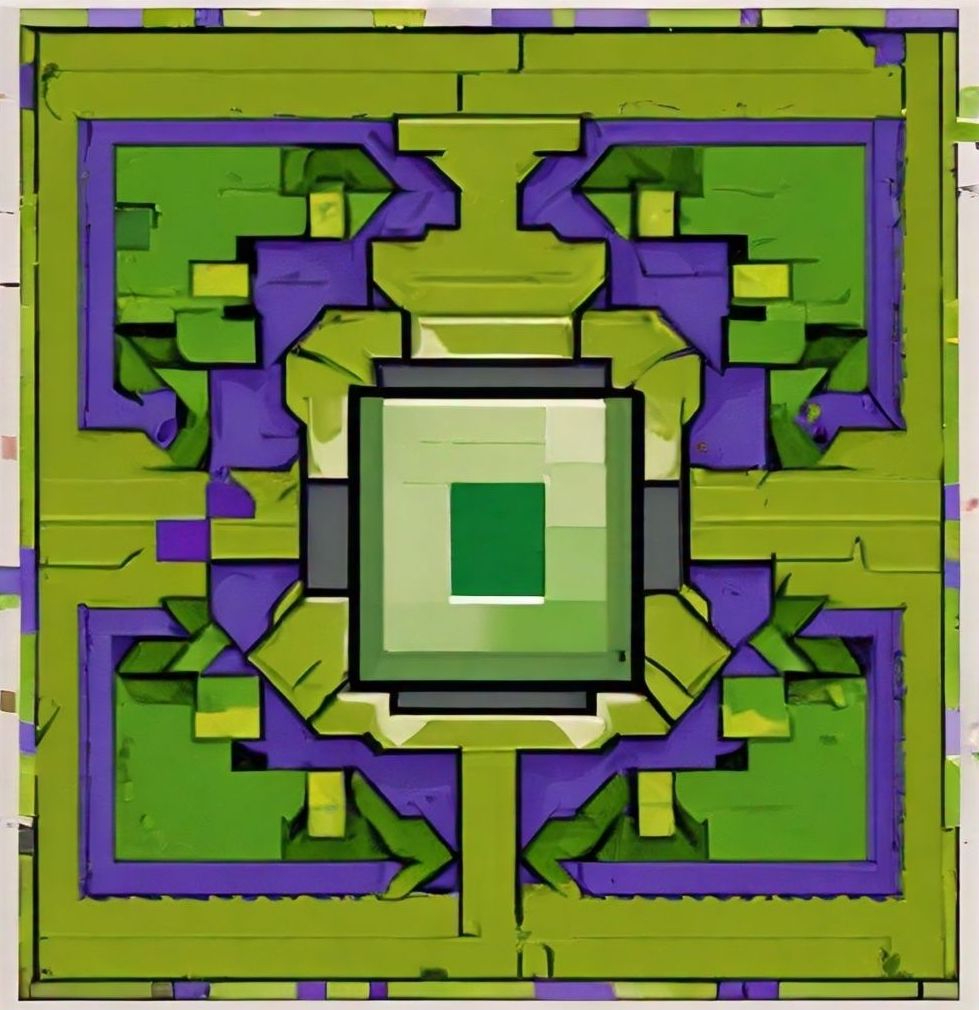143 reads
The Tortoise and the Hare: An Unexpected Scheduling Race Between MILP and CP Solvers
by
September 21st, 2025
Audio Presented by

Pioneering instance management, driving innovative solutions for efficient resource utilization, and enabling a more sus
Story's Credibility

About Author
Pioneering instance management, driving innovative solutions for efficient resource utilization, and enabling a more sus